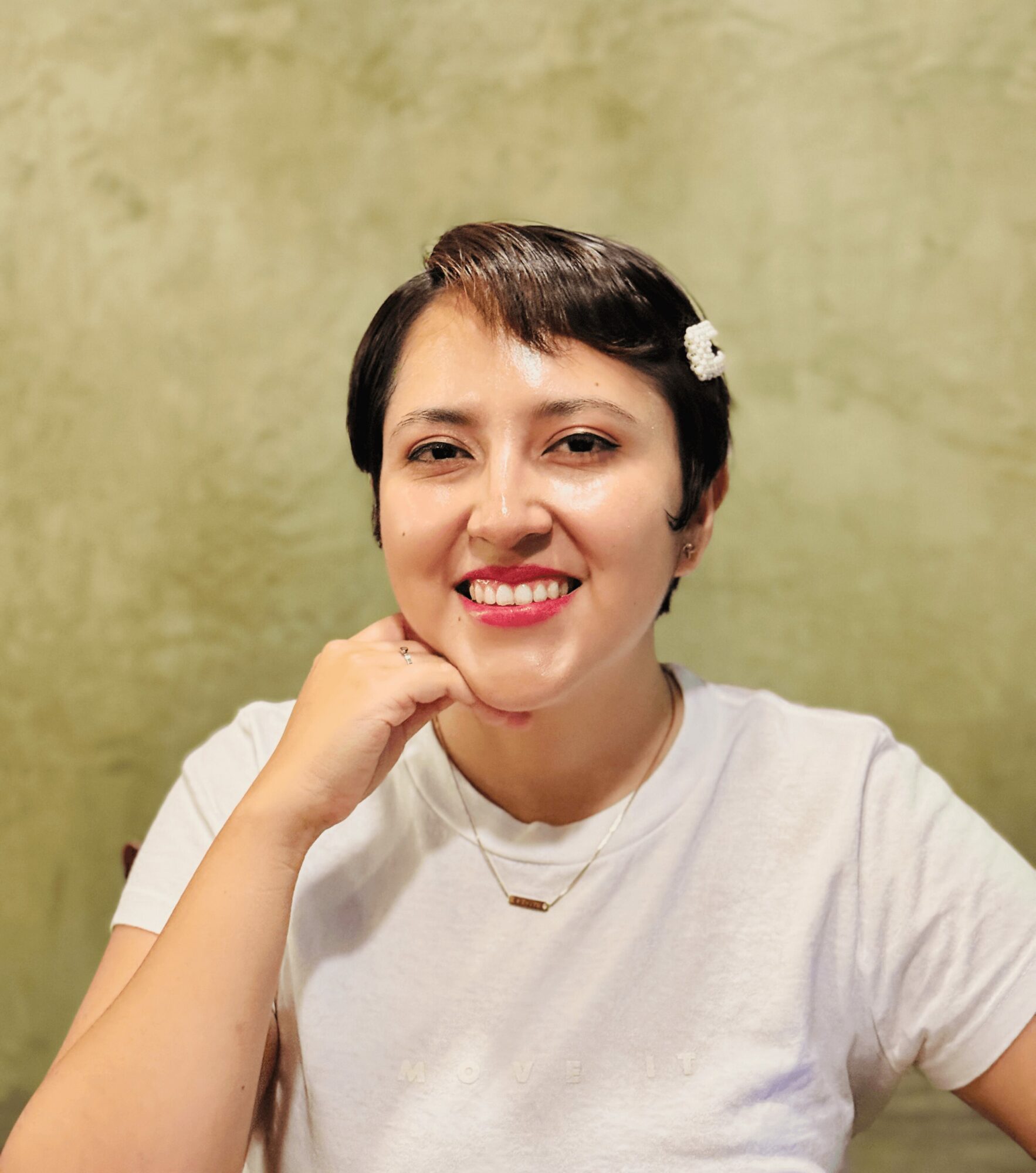

Rebeca Sanchez shared their story and experiences with us recently and you can find our conversation below.
Hi Rebeca, thank you for taking the time to reflect back on your journey with us. I think our readers are in for a real treat. There is so much we can all learn from each other and so thank you again for opening up with us. Let’s get into it: What makes you lose track of time—and find yourself again?
Teaching full-time often leaves me feeling spent, but the moment I step into my studio, I feel myself return. I put on music or a podcast, lay out my materials, and begin working—often on several paintings at once. Hours slip away without me noticing, and in that flow, I reconnect with the part of myself that is most alive. The process gives me both energy and clarity, reminding me why I create in the first place.
Can you briefly introduce yourself and share what makes you or your brand unique?
I’m Rebeca Sanchez, a Los Angeles–based artist with a BFA in Drawing and Painting and a teaching credential in Art from California State University, Long Beach. I was born in Mexico and came to Los Angeles as an infant, so the city and its layered mix of cultures have always shaped how I see the world. My work focuses on large-scale mixed media drawings that reflect the rhythm, texture, and architecture of urban life. By layering marks and materials, I aim to capture the energy of cities both past and present, turning my own memories and experiences into visual landscapes that speak to the shared complexity of urban environments.
Appreciate your sharing that. Let’s talk about your life, growing up and some of topics and learnings around that. What’s a moment that really shaped how you see the world?
A moment that shaped my worldview wasn’t just one experience, but the way architecture revealed itself to me over time. Growing up in the heart of Los Angeles, I witnessed firsthand how the city shifted and evolved. Later, when I moved to the Antelope Valley, the landscape transformed from towering buildings to sprawling desert suburbs. Traveling abroad to places like France, Italy, and England—and returning to Mexico, where vibrant cities sit alongside humble farm towns—I began to notice how every place tells its story through its structures. Subconsciously, that became the lens through which I experienced the world. Architecture, in all its forms, has shaped not only how I see my surroundings but also how I approach my work, and it’s something I continue to explore in my practice.
Is there something you miss that no one else knows about?
What I miss most is the sense of community that comes from being surrounded by other artists. I’m grateful to have a home studio where I can maintain my practice, but working alone for the past six years has meant that only my family and friends see my work. I miss the conversations, feedback, and spontaneous exchange of ideas that happen when artists share space. At the same time, I value the freedom of working at my own pace without interruption. To find a balance, I’ve been making it a point to visit friends’ studios, collaborate when possible, and attend more shows to stay connected. I also hope to host an open studio day in the near future to invite others into my creative space.
Next, maybe we can discuss some of your foundational philosophies and views? What’s a belief or project you’re committed to, no matter how long it takes?
I’m deeply committed to exploring mark-making and the cityscape as an ongoing study. Cities are constantly shifting, and I see my work as a way of documenting and interpreting that change through texture, color, and layered marks. It’s a lifelong project—one that I don’t expect ever fully to finish—because there will always be new places, new perspectives, and new ways to translate the rhythm of urban life into my practice.
Okay, so let’s keep going with one more question that means a lot to us: What do you understand deeply that most people don’t?
What I understand deeply is just how important art really is. As a high school art teacher, I often hear people—both students and staff—say, “Take art, it’s an easy A.” That mindset has always bothered me, because it dismisses the value and rigor of the subject. In my Art 1/2 classes, I make it clear from the start: this is where students learn to build from scratch, to stretch their creativity, and to put real effort into their work.
Over the years, I’ve refined my lessons to emphasize both skill and imagination. I push students to develop strong sketchbook practices and encourage them to redo work if it isn’t thoughtful or well-crafted. At first, that surprises them—but it teaches the lesson that art is not just about doodling or going through the motions. It’s about problem-solving, discipline, and expression.
I also bring in contemporary and local artists, as well as guest speakers from my own art community, so students can see that art is alive and relevant beyond the classroom. Many of them would never encounter that exposure otherwise. My goal is to be the art teacher I wish I had growing up—the one who shows that art is not only meaningful but essential.
Contact Info:
- Website: https://1b1c.weebly.com/
- Instagram: @1b.1c
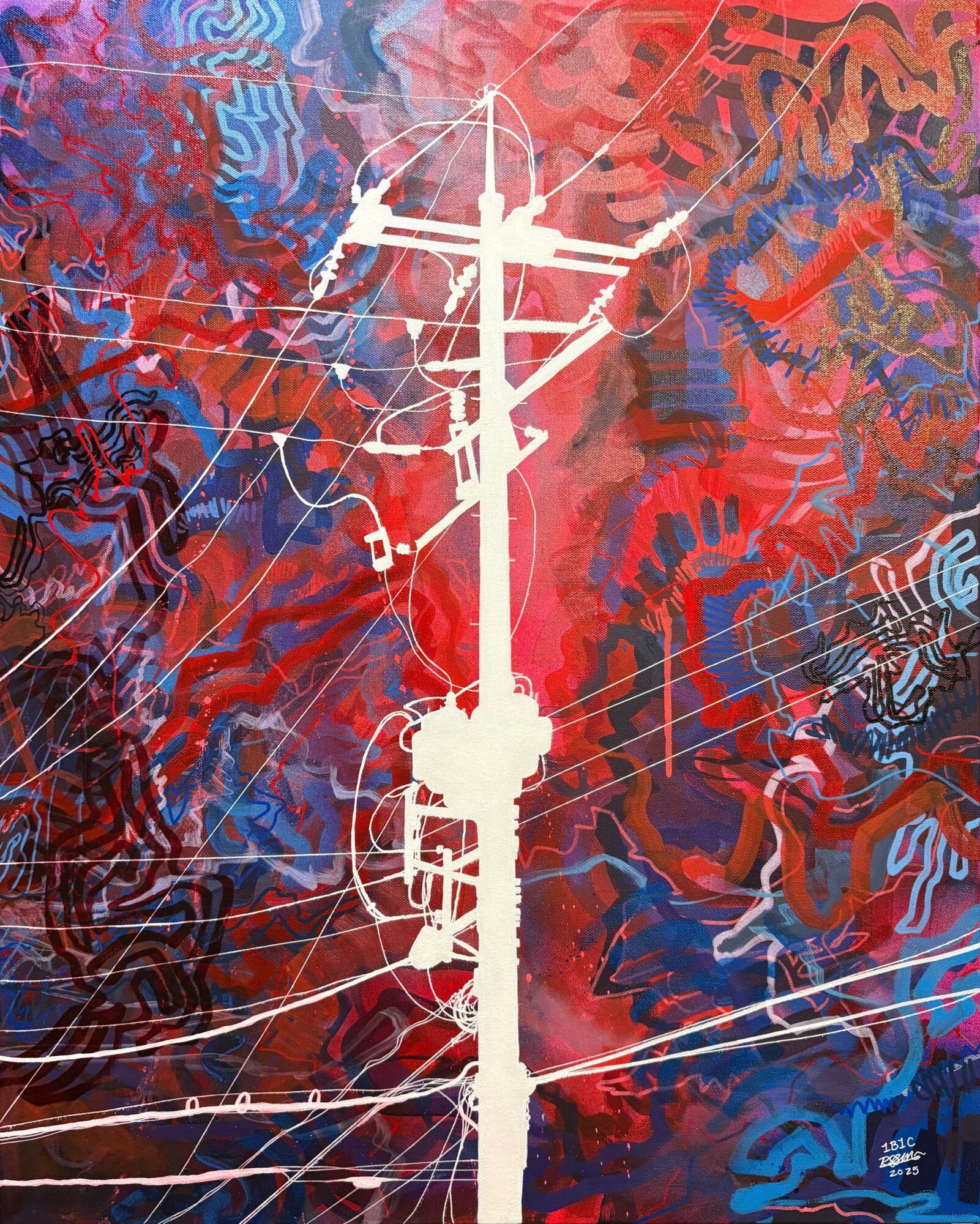
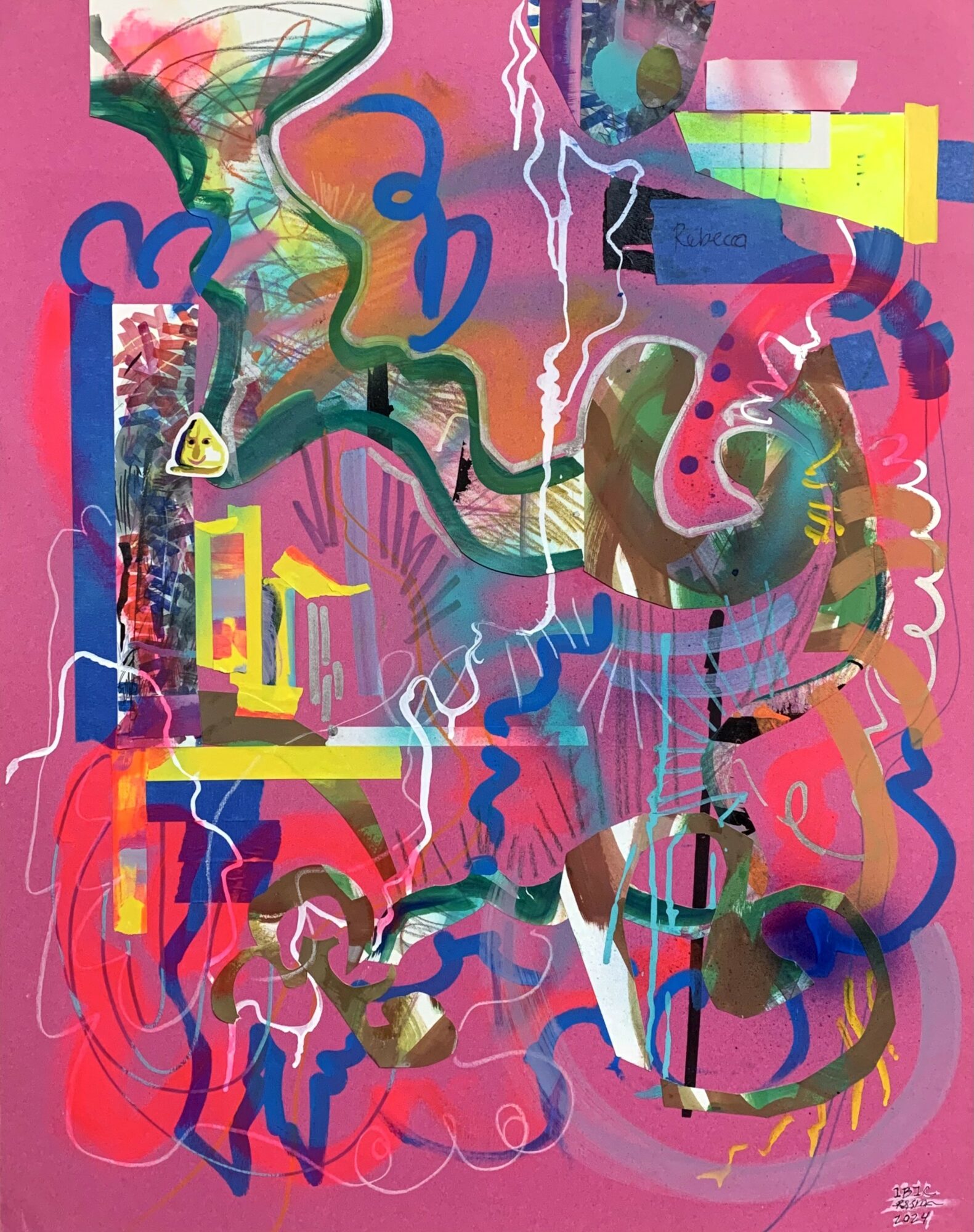
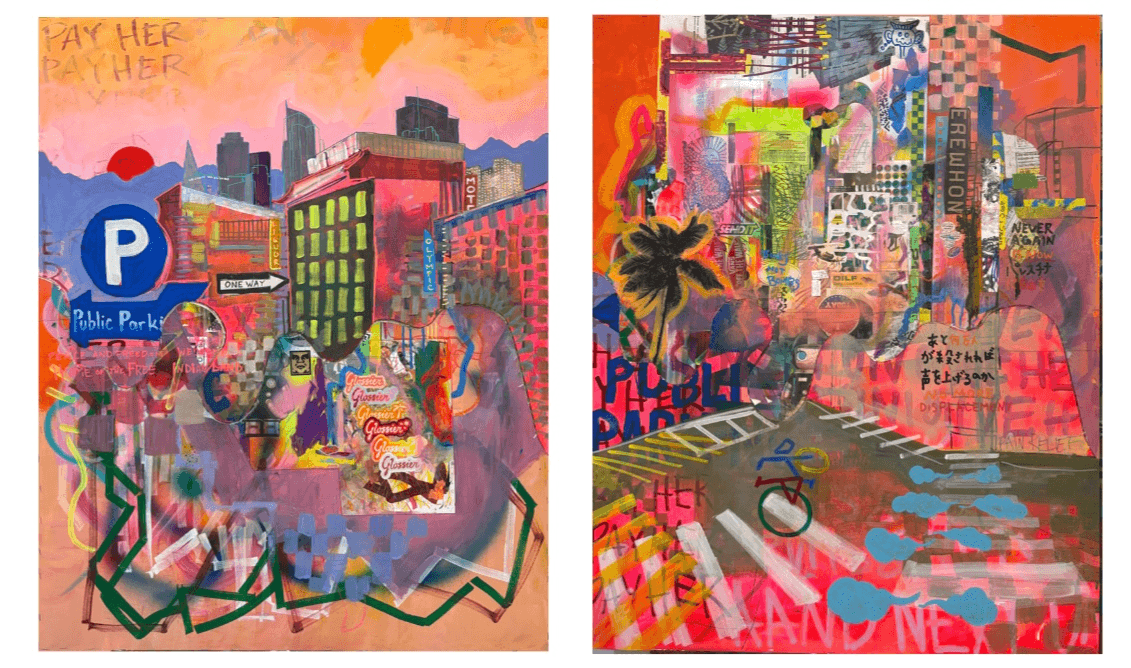
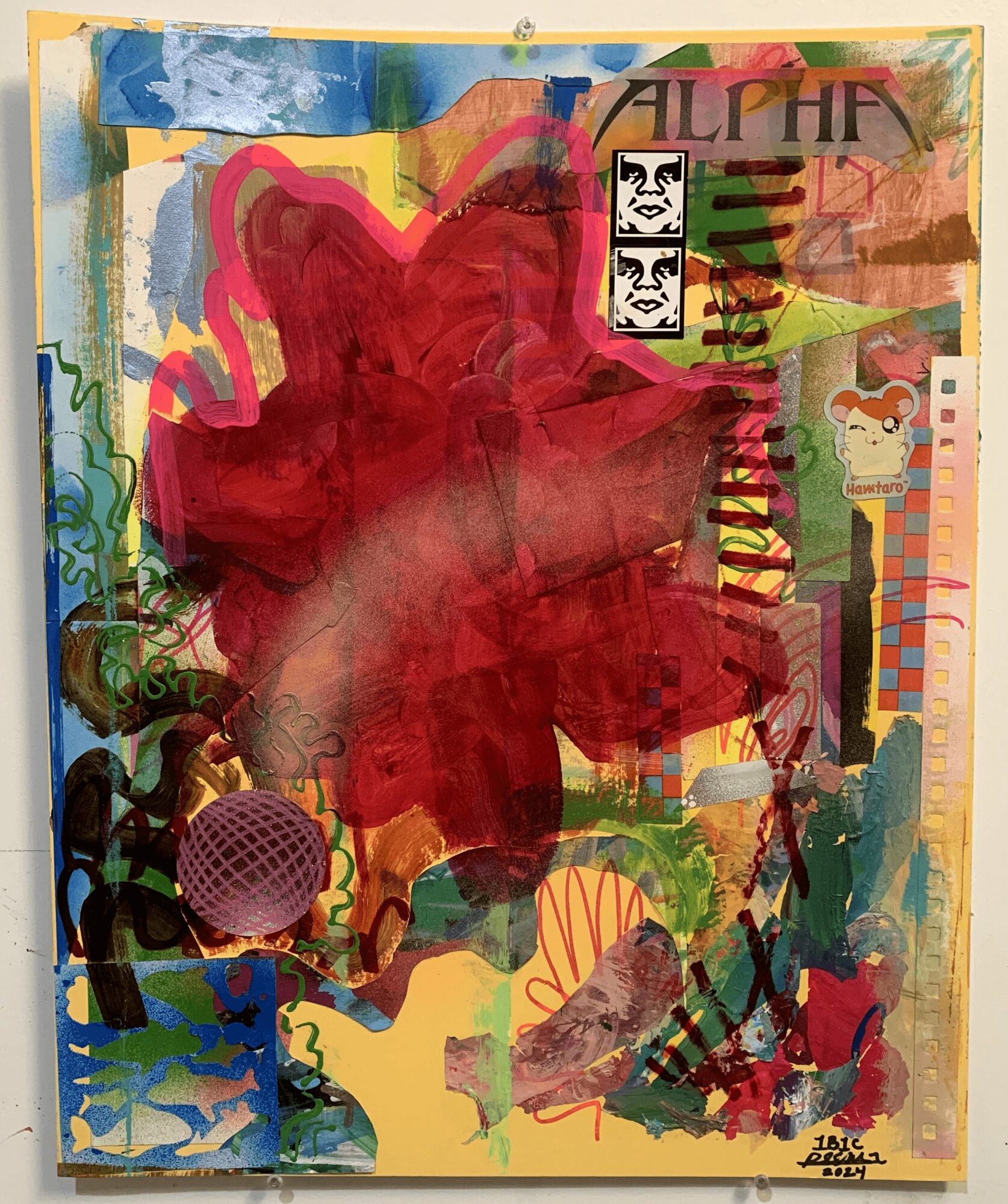
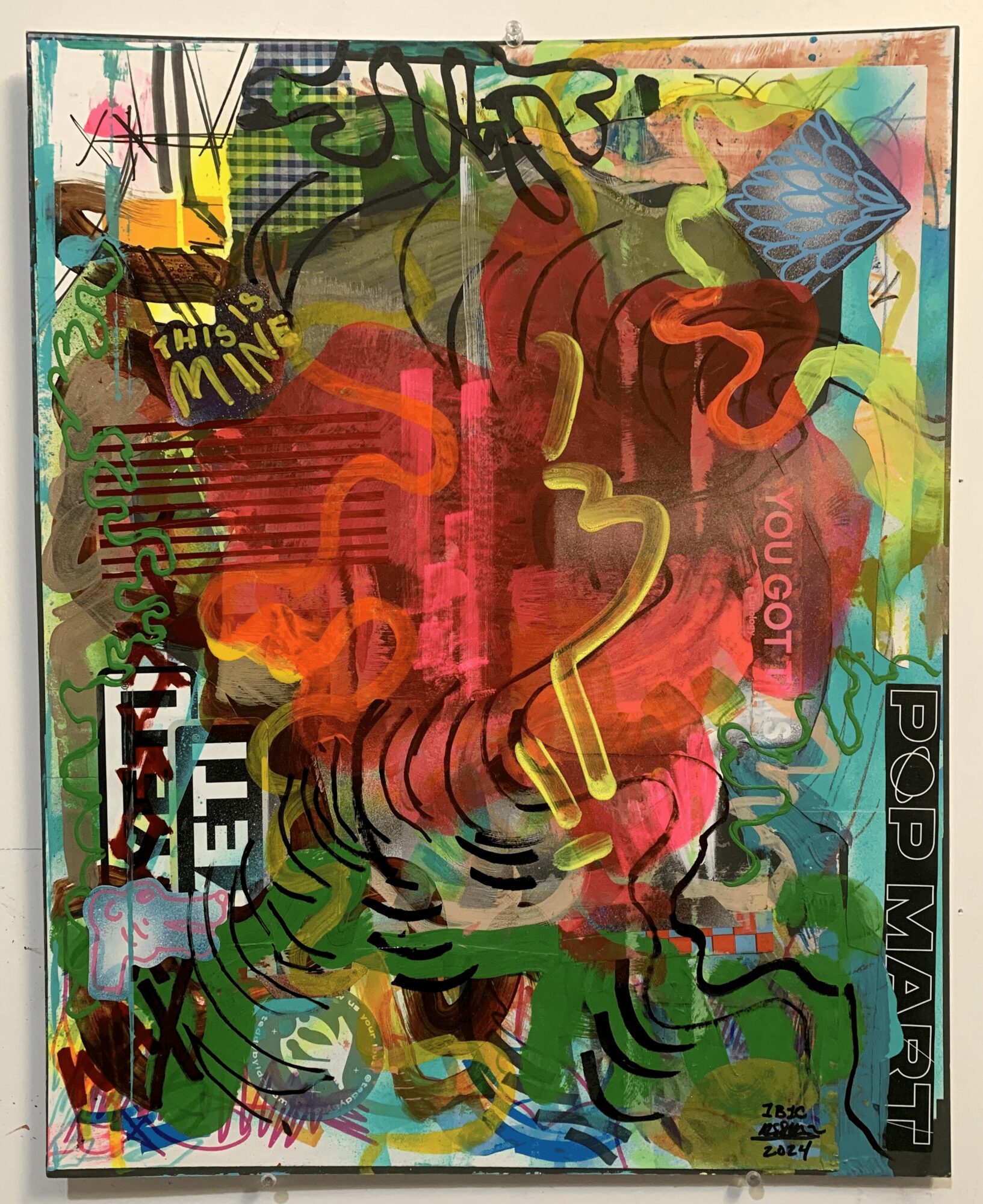
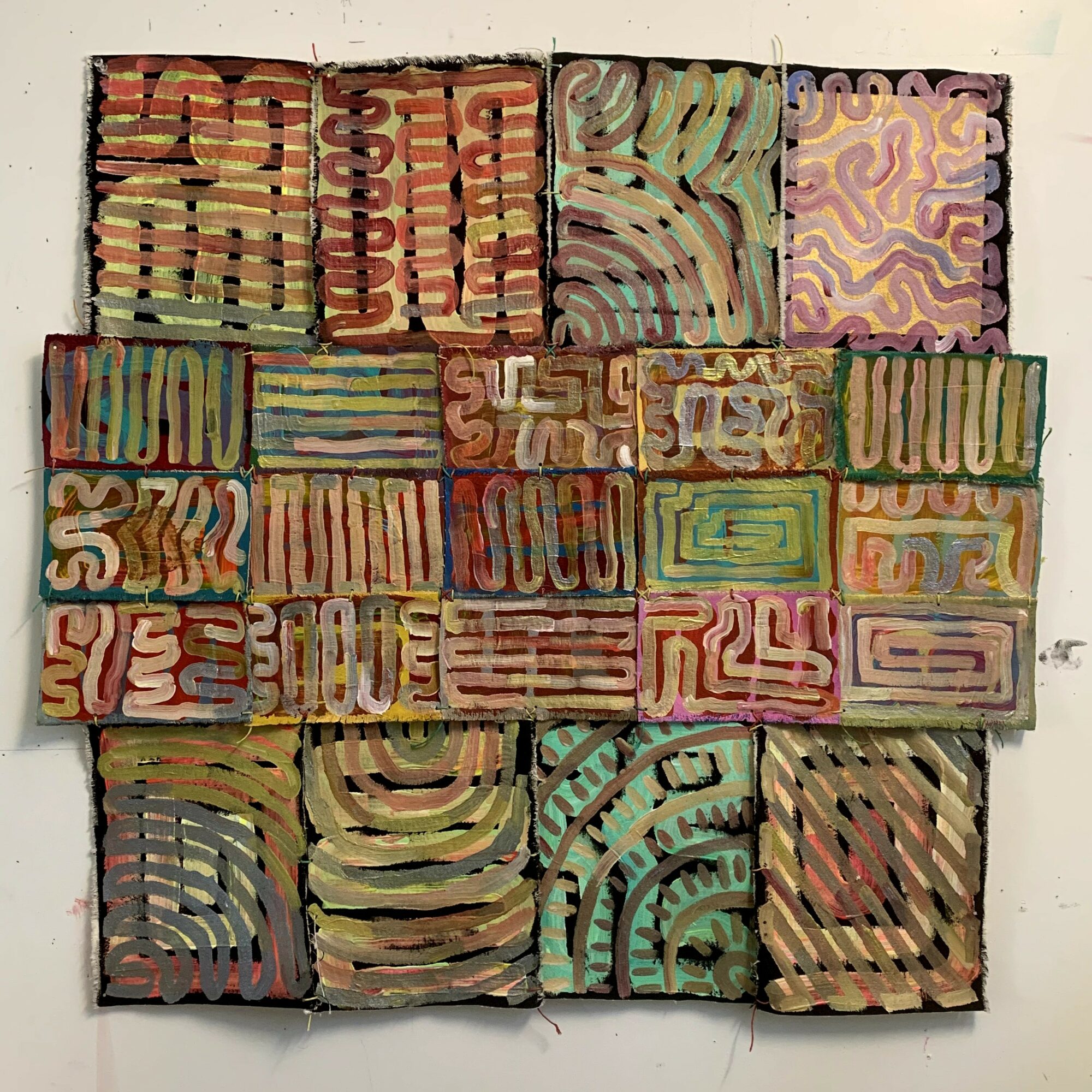
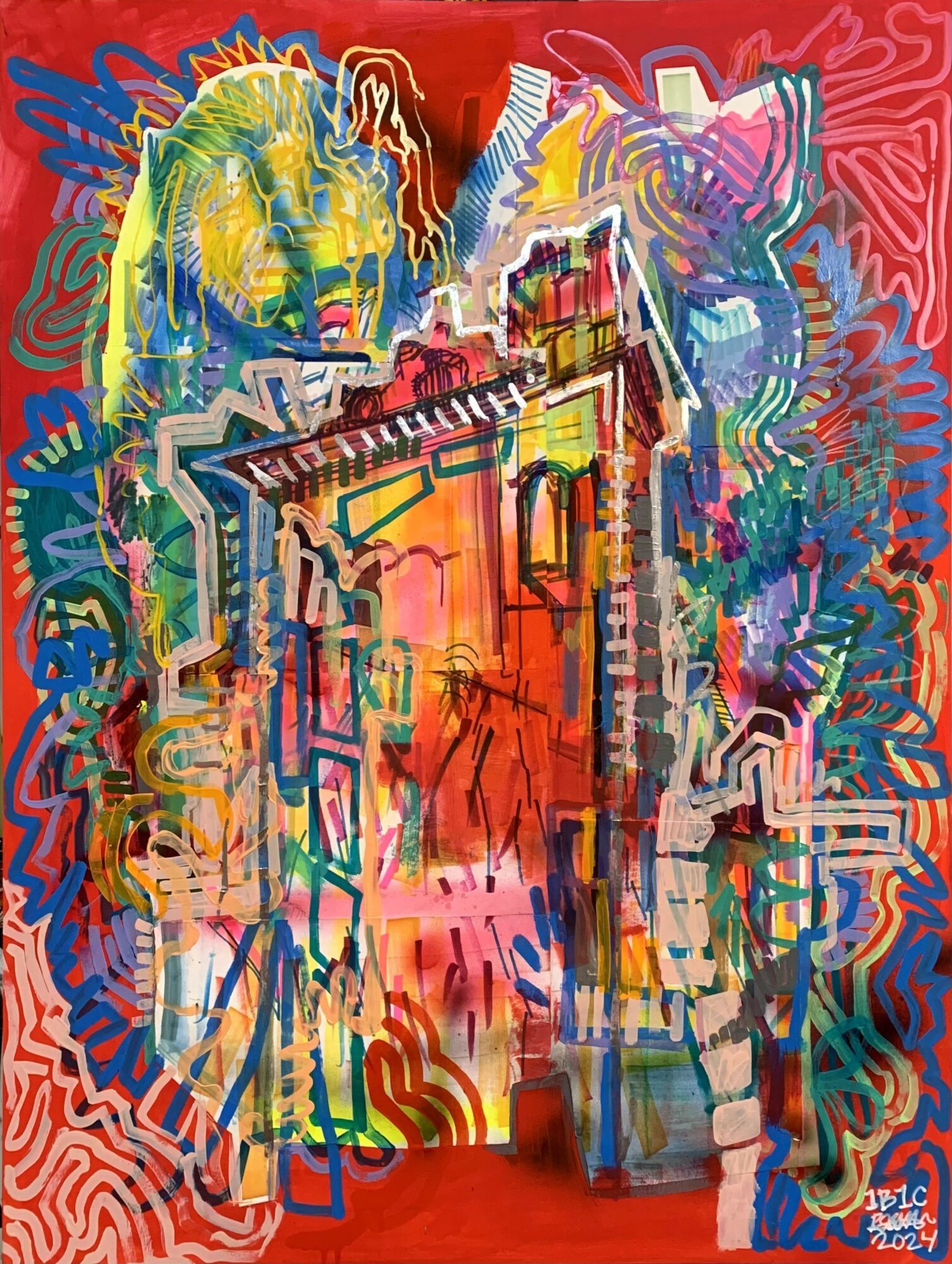
Image Credits
Rebeca Sanchez (1B1C)














